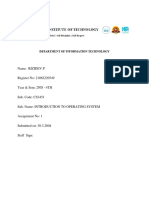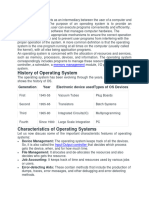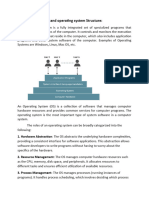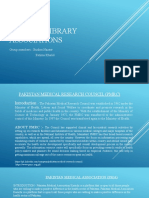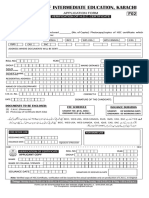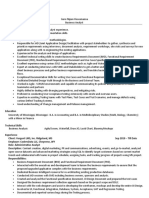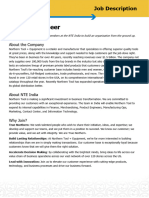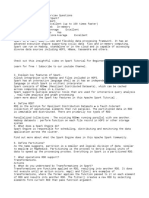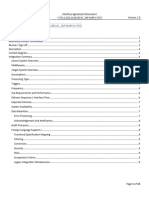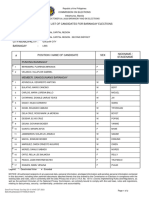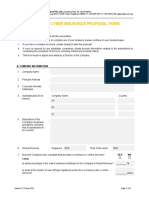0% found this document useful (0 votes)
19 views2 pagesData Communication Notes VIII
The document outlines basic terminologies of data communication, including definitions of data, data transmission, and the types of signals. It also describes the components of a communication system, such as sender, receiver, and transmission medium, along with properties of a good communication system like reliability and security. Additionally, it introduces operating systems, detailing their functions including booting, resource management, and user interface.
Uploaded by
Yamna Irfan SiddiquiCopyright
© © All Rights Reserved
We take content rights seriously. If you suspect this is your content, claim it here.
Available Formats
Download as DOCX, PDF, TXT or read online on Scribd
0% found this document useful (0 votes)
19 views2 pagesData Communication Notes VIII
The document outlines basic terminologies of data communication, including definitions of data, data transmission, and the types of signals. It also describes the components of a communication system, such as sender, receiver, and transmission medium, along with properties of a good communication system like reliability and security. Additionally, it introduces operating systems, detailing their functions including booting, resource management, and user interface.
Uploaded by
Yamna Irfan SiddiquiCopyright
© © All Rights Reserved
We take content rights seriously. If you suspect this is your content, claim it here.
Available Formats
Download as DOCX, PDF, TXT or read online on Scribd
/ 2








